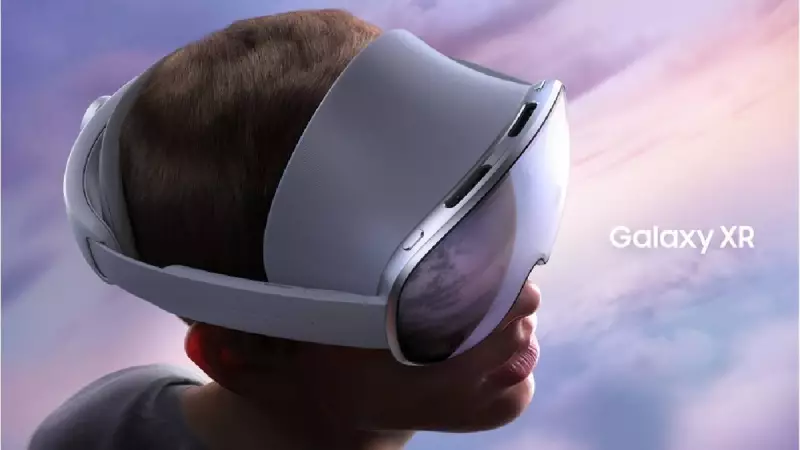
In a groundbreaking move that signals Samsung's serious entry into the spatial computing era, the tech giant has officially unveiled its much-anticipated Galaxy XR headset. Set to hit markets in 2025, this mixed reality device represents Samsung's bold answer to Apple's Vision Pro and Meta's Quest series, powered by a revolutionary combination of Android XR and Qualcomm's cutting-edge chipset.
The Power Duo: Android XR Meets Qualcomm's Might
At the heart of Samsung's mixed reality ambitions lies a powerful partnership that could redefine the XR landscape. The Galaxy XR headset will be among the first devices to run on Android XR, Google's specialized operating system designed specifically for extended reality experiences. This marks a significant evolution from previous VR platforms, offering seamless integration with the Android ecosystem.
Complementing the software innovation is Qualcomm's latest Snapdragon XR chipset, engineered to deliver unprecedented performance for mixed reality applications. The chipset promises to handle complex spatial computing tasks, high-resolution passthrough, and sophisticated hand tracking with remarkable efficiency.
What This Means for Indian Tech Enthusiasts
For the Indian market, Samsung's entry into the premium mixed reality space comes at a crucial time. As digital adoption accelerates across the country, the Galaxy XR headset positions itself as a versatile device capable of transforming how Indians work, learn, and entertain themselves.
The timing is particularly strategic, arriving when Indian consumers are increasingly embracing immersive technologies for:
- Education and Training: Virtual classrooms and skill development programs
- Entertainment: Immersive gaming and multimedia experiences
- Professional Applications: Remote collaboration and design visualization
- Healthcare: Medical training and therapeutic applications
Samsung's Strategic Play in the XR Ecosystem
Samsung's decision to launch the Galaxy XR headset demonstrates the company's commitment to staying relevant in the rapidly evolving computing landscape. While Apple has positioned the Vision Pro as a spatial computer and Meta continues to focus on social VR, Samsung appears to be targeting the sweet spot between productivity and entertainment.
The Android XR platform could be the game-changer that gives Samsung an edge, leveraging the massive Android developer community to quickly build a rich ecosystem of applications and experiences.
The Road Ahead: Challenges and Opportunities
As Samsung prepares for the 2025 launch, several factors will determine the Galaxy XR's success in competitive markets like India:
- Pricing Strategy: Finding the right balance between premium features and affordability
- Content Ecosystem: Building compelling applications that demonstrate mixed reality's value
- Battery Life: Addressing the power consumption challenges of high-performance XR
- Comfort and Design: Creating a device suitable for extended use
With the official announcement now public, the tech world eagerly awaits more details about specifications, pricing, and availability. One thing is certain: Samsung's entry into the mixed reality space with Galaxy XR sets the stage for an exciting battle that will shape the future of how we interact with digital content.
The year 2025 is shaping up to be a landmark period for mixed reality technology, and Samsung appears determined to be at the forefront of this revolution.





